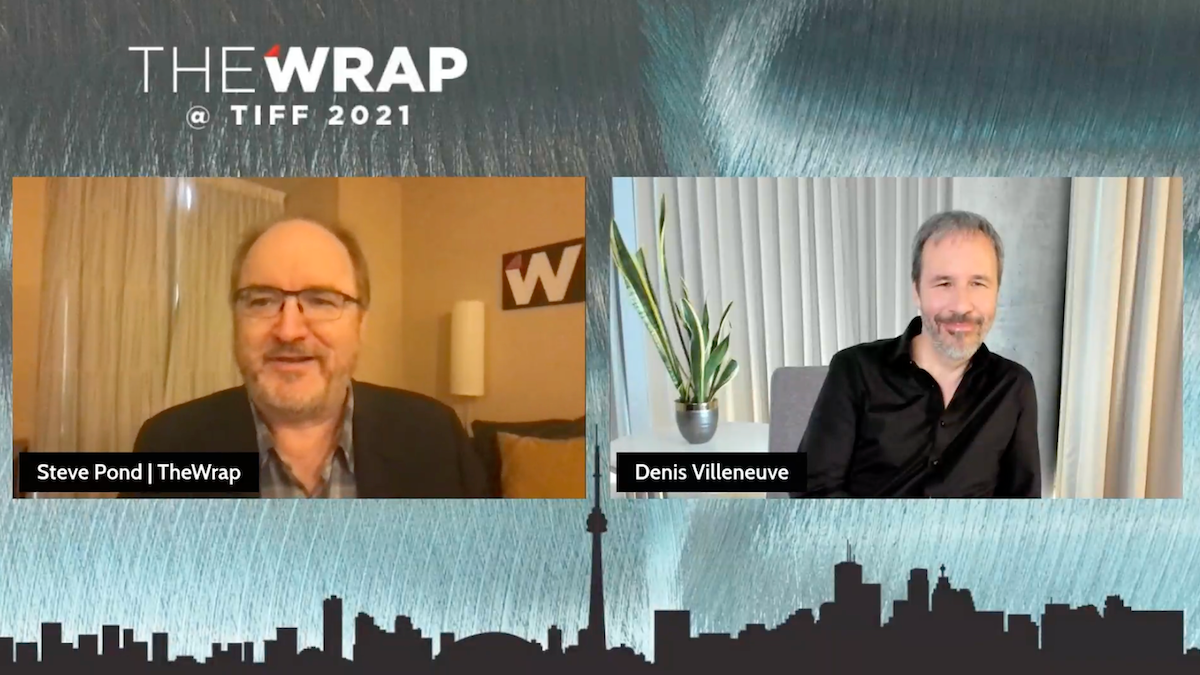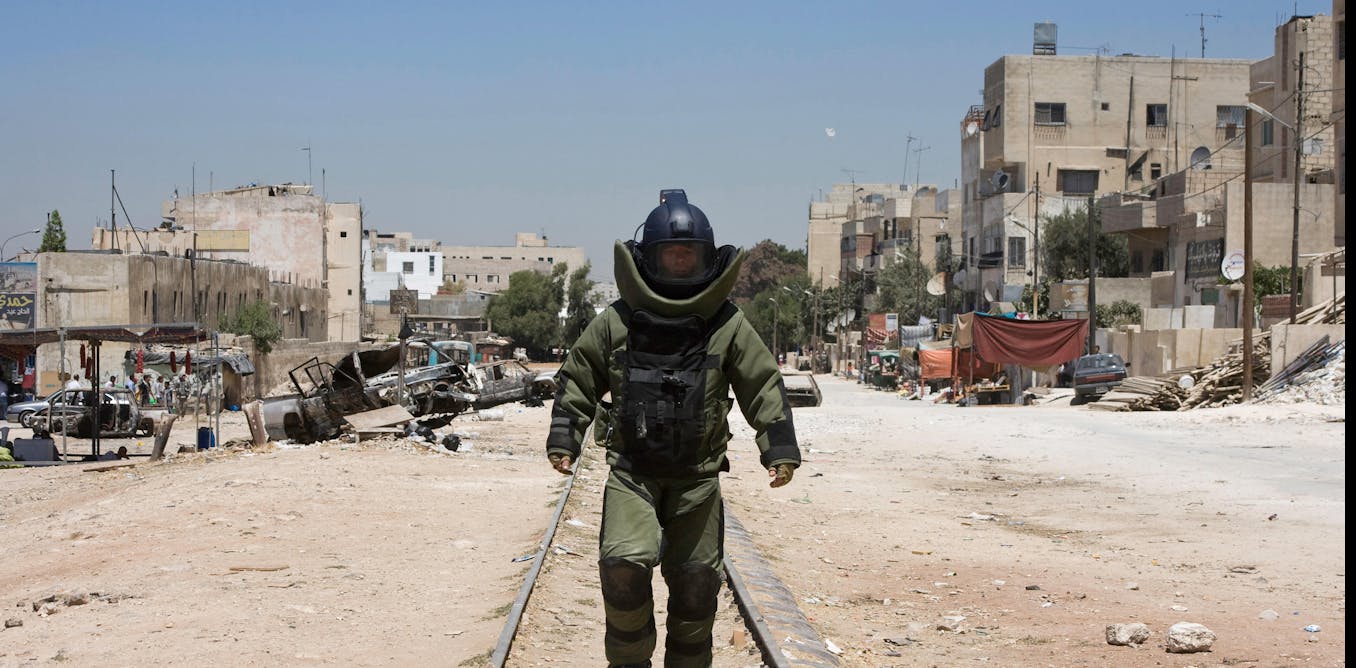The Trouble of Concentrate on Fixation in Landscape Photography
5 min readBetween the most vital principles figured out when starting to journey a motorbike is that of focus on fixation. This attentional phenomenon happens when an unique gets to be so concentrated upon an observed object (regardless of whether it is a concentrate on or hazard) that they inadvertently boost their risk of colliding with it.
By fixating on the object, the person will get started to steer in the course of their gaze, normally devoid of recognizing it, even if it is towards anything they inherently would like to steer clear of. Most often, target fixation happens in high-pace situations, regardless of whether it be bike riding, paragliding, or race-motor vehicle driving. Owing to the phenomenon developing at substantial-speeds, it is quick to see how risky it can close up getting.
If I did what has already been accomplished, I would be a plagiarist and would consider myself unworthy so I do a thing different and men and women contact me a scoundrel. I’d somewhat be a scoundrel than a plagiarist! —Paul Gauguin
Although there is minor prospect of imminent danger or dying, this concept can quickly be used to landscape photography, where there is the chance of composing a scene that is thought of by other individuals as cliché or in excess of-shot. Most frequently this happens when heading to well-known landscapes, irrespective of whether it be as significantly absent as Iceland or as close as a area park. When heading to parts of acceptance, it is quite complicated not to craft expectations right before going out with the digital camera. Amongst the a lot of downsides of anticipations is that of concentrate on fixation.
Relatively than heading out to the landscape with virgin eyes — letting for novel compositions — expectations in the variety of concentrate on fixation frequently avert this.
How?
Just like when driving on the street, it is effortless to get distracted by various facets of the all-natural environment. Once fixated on a certain subject or composition, it turns into progressively tricky to acquire your mind off it and permit by yourself to witness the rest of the prospective magnificence that surrounds you. This topic could be as uncomplicated as a exceptional flower or as grand as a towering waterfall. The latter was what experienced normally drawn my concentration, primary to a stale portfolio, lacking in each (topic) range and novel compositions.
In 2016 when I commenced next down the path of landscape pictures, I located myself rather infatuated with the various waterfalls in Japanese Pennsylvania. Possessing no grand overlooks or mountain ranges to photograph — finding tranquil woodland scenes to be unexciting and difficult — I ventured out to the waterfalls all-around my household. My digital camera, together with my intellect, was fixated on very little else. Most of my hikes centered close to this subject issue, to the avail of Melanie, my companion-in-crime. A standard hike would go some thing like this:
- Uncover a park with a waterfall
- Push there
- Hike to the waterfall with camera
- Arrive at the waterfall
- Compose and get the waterfall photograph, usually with the issue centered in the body, completely in-view
- Rest at the waterfall consume a snack
- Hike back again to the vehicle
- Travel residence to edit the photograph(s)
Owning considering that absent back again to these destinations on numerous instances, it is interesting to observe all the peaceful scenes which were being skipped though fixating upon the waterfall, the “grand scene.”
Fixation upon a individual composition is also a regular event, specially with there getting speedy obtain to other photographers’ pics of an space through social media. Even ahead of the arrival of Instagram, plenty of photographers had been fixating on just about every others’ compositions, wishing to go out and have that composition for on their own.
Merely seem at Tunnel Watch in Yosemite, popularized by Ansel Adams nearly a century in the past. Today the parking lot is loaded before the sunlight has even risen and photographers from all around the environment are stood shoulder-to-shoulder, tripods interlaced, as they endeavor to seize the well-known composition in the suitable mild. And if that gentle never ever comes close to, you can wager your base greenback they’ll be back until finally it eventually materializes. Small do they know, the completely wrong light-weight for the famed Tunnel View photograph was best for the compositions they missed on the valley floor. Ah, the price tag of target fixation.
Bear in mind how I had outlined about concentrate on fixation also becoming a great point in selected cases? Let us dive into that for just a second.
Outlined by Ansel Adams in the early 20th century, visualization is the act of observing a finished photographic print within just the mind’s eye. This was meant to help the photographer perform backwards from their visualization to figure out the right publicity configurations, composition, and so forth. for that unique photograph.
Numerous present day photographers however loosely observe this principle, considered it is applied for visualizing the digital photograph, not the print, in its final variety. When coming up to a scene of desire, the photographer will begin to photo it in just their mind, deciding the best way to expose and compose the scene. From this impression in their thoughts, they will start out working with the camera to carry the photograph to lifetime. The moment captured, the photograph may be even further edited — in the darkroom or laptop software package — until finally it matches the preliminary vision the photographer had.
In some cases, having said that, a certain scene may possibly visualize in a fashion not achievable with the current conditions. Possibly it is believed the composition would look far better in fog, or snow. It’s possible it is midday but the scene should be photographed at dawn. This, then, is an acceptable time in which to fixate on your target, the visualized photograph.
It is nevertheless essential to however maintain our eyes absolutely free of the fog prompted by concentrate on fixation. If the visualized scene demands you to get to it rapidly due to rapidly transforming ailments, do so. Get there, make the photograph, and then enable the fog to lift from your eyes. Go about the relaxation of the hike with virgin eyes, getting in the magnificence that surrounds you as if you’d never ever scene it prior to. Photograph what phone calls out to you enjoy the serenity of what doesn’t.
About the creator: Cody Schultz is a good artwork photographer based mostly in Pennsylvania. The viewpoints expressed in this report are only those people of the author and interviewees. You can discover more of Schultz’s work on his website. This posting was also posted here.





